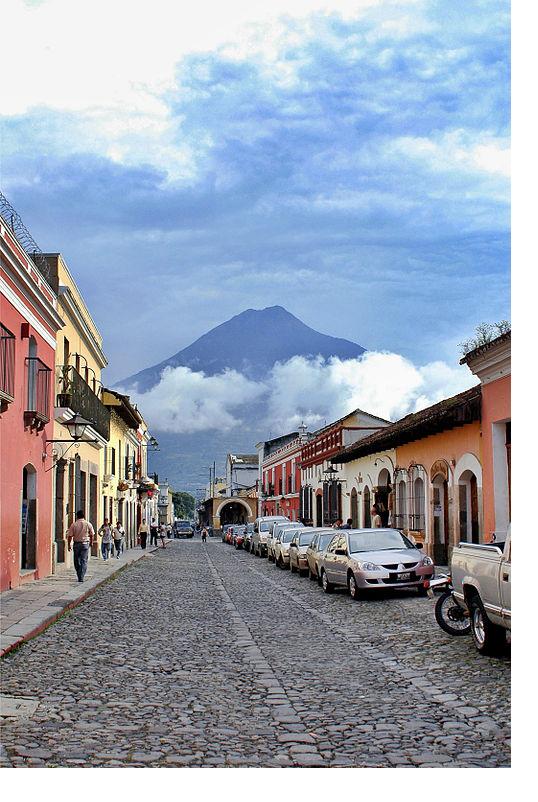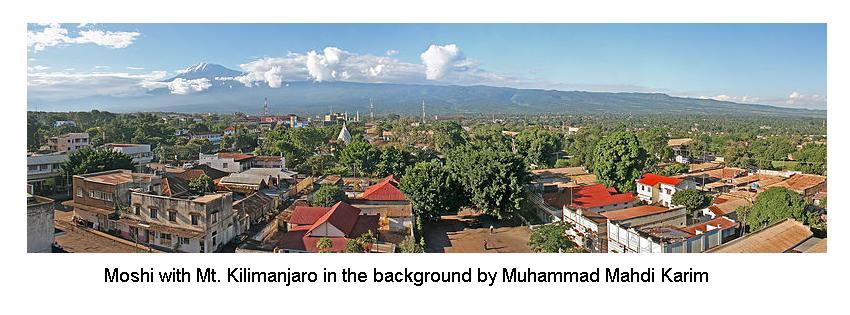May 2014 - Drinking (Coffee) Dangerously
 |
|
Drinking (Coffee) Dangerously
 We were just trying to fathom what 2,800 cubic kilometers of violently erupted magma, rock and ash would look like, and it looks like more than enough to cover Argentina a meter thick, not that we would wish that upon the Argentines. They weren’t around anyway for the Younger Toba Tuff, the cataclysmic explosion of the Earth’s largest caldera. The ash that spewed up from the super volcano 74,000 years ago is found spread across Southeast Asia and as far away as India. If you read our last newsletter you will remember mention of the coffee region around Lake Toba in Northern Sumatra. But Sumatran coffee is not the only coffee grown in the shadow of potential geological calamity. Lots of coffee comes from regions where earth’s crust is slowly jouncing under a neighboring tectonic plate, causing, among other ground-moving phenomena, those little paroxysms we know as volcanoes..
We were just trying to fathom what 2,800 cubic kilometers of violently erupted magma, rock and ash would look like, and it looks like more than enough to cover Argentina a meter thick, not that we would wish that upon the Argentines. They weren’t around anyway for the Younger Toba Tuff, the cataclysmic explosion of the Earth’s largest caldera. The ash that spewed up from the super volcano 74,000 years ago is found spread across Southeast Asia and as far away as India. If you read our last newsletter you will remember mention of the coffee region around Lake Toba in Northern Sumatra. But Sumatran coffee is not the only coffee grown in the shadow of potential geological calamity. Lots of coffee comes from regions where earth’s crust is slowly jouncing under a neighboring tectonic plate, causing, among other ground-moving phenomena, those little paroxysms we know as volcanoes..Guatemala’s prior capital, Antigua, is dominated by three volcanoes, all over 12,000 feet high with Acatenango at 13,000 feet and active as recent at 1972. Volcan de Agua, which dominates Antigua, has not erupted but did cause a deadly lahar in 1541 destroyed an earlier version of Antigua in a flood of water, debris and pyroclastic material.
In 1993 the most prominent volcano in the Nariño region of Colombia managed to kill six scientists who were testing gases in its crater. The eruption came at the end of a ten year period of dormancy. The Galeras volcano has been active for thousands of years, but has gone dormant from time to time. It exploded just in time for an international conference on volcanoes being held in nearby Pasto.
Like the Galeras volcano in Colombia, Mauna Loa is a “Decade Volcano”. These types of volcanoes are so designated by the concisely-named International Association of Volcanology and Chemistry of the Earth's Interior because they are near populated areas, have recent activity, and are the source of multiple hazards. These hazards are actually scarier than the falling debris and flowing molten rock the typical layman might imagine: lava flows (molten rock), pyroclastic flows (fast moving gas and volcanic rock - scarier and more dangerous than lava), lahars (swiftly moving landslides of water, debris, and pyroclastic flow), falling debris (tephra to volcanologists), and “volcanic edifice instability”. These are not places you might want to live necessarily.
But people do live on the flanks of Mauna Loa, cultivating one of the few coffees, Kona, that is U.S. grown (and, yes, we are still out of stock, sorry). Mauna Loa is the largest above-water volcano in the world (there is a larger, extinct, underwater volcano in the Pacific Ocean). Mauna Loa is still active, but has caused no casualties since 1924. According to some, the greatest hazard would be a flank collapse, potentially resulting in a tsunami. There is evidence that such an event struck Lana’i, causing a mega tsunami measuring 325 meters some 100,000 years ago. These cataclysms are difficult to fathom.

Other coffee-growing regions with past and present volcanic activity include Costa Rica, Tanzania, Sulawesi, and Ethiopia. The connection between coffee and volcanoes is no coincidence. Volcanoes, as long as they are located between the Tropics of Cancer and Capricorn provide two important factors for excellent coffee: great soil conditions and the cool altitudes in which coffee thrives. Volcanic soil is rich in nutrients and drains well, making it ideal for the oxygen-loving roots of the coffee tree. Volcanoes are typically mountains as well, providing the cool, high altitude climate in which coffee thrives.
As you drink that extra cup of coffee, thinking you are living dangerously, know that your coffee may have lived dangerously too.


